All Metal Valve Stems1147115ms115ms2713 Degree Bend13 Degrees13°13° Bend16 Degree Bend16 Degrees16°16° Bend23 Degree Bend23 Degrees23°23° Bend27 Degree Bend27 Degrees27°27° Bend3 Valve Stems & Hardware3.1 Metal Valve Stems3.1 Valve Stems3.12 Metal Passenger3.13 Metal Truck3.16 Tank31 Degree Bend31 Degrees31°31° Bend399400401416416L416mc41741MS41ms0043045 degree45 Degree Bend45 Degrees45°45° Bend47501OV509510511513515523MS542543544544D545545D545E546546D546E552554554D555D575575A575hp60 Degree Bend60 Degrees60086010602060306040605060ms60ms2760°60° Bend618618A621621A622622A623623A65 Degree Bend65 Degrees65°65° Bend70ms70ms2770ms775 Degree Bend75 Degrees75°75° Bend80ms80ms2790 degree90 Degree Bend90 Degrees90ms90ms2790°90° BendAir LiquidAir Liquid ValveAir Liquid Valve StemsAlcoaAlcoa Grommet Seal Valve StemAlcoa Grommet Valve StemsAlcoa O-Ring Seal Valve StemAlcoa O-Ring Valve StemsAluminumAluminum Truck Valve StemAluminum Wheel Tubeless Valve StemsBend_13°Bend_16°Bend_23°Bend_27°Bend_31°Bend_45°Bend_60°Bend_65°Bend_75°Bend_90°Bend_Double BendBend_StraightBrass Tubeless Clamp-In ValvesChromecircularClamp-In Valve StemDouble BendDouble Bent Valve StemDouble Bent Valve Stemsds1duallydually valve stemdually valve stemsdully valve stemdully valve stemsEinkyenkeiEnkei Valve StemsFlush Mount Valve StemsFor_PassengerFor_TankFor_TruckFordFord F Series Valve StemFord F Series Valve StemsH-47H-501OVH-523MSHigh Pressure Chrome Valve StemsisuzuizuzuLight Alloy Valve StemsLow Profile Chrome Valve StemLow Profile Chrome Valve StemsMetal Tubeless Clamp-In ValvesmetricMetric Rim Hole Valve StemMetric Rim Hole Valve StemsMotorcycle ValvesN-1147N-1600N1147N1600oblongovalOval Rim Hole Valve StemsPassengerrim holeSpecial Clamp-In ValvesStraightStraight - No BendTankTank ValveTank ValvesTR416TR416DS1TR416LTR416MCTR417TR430TR500TR501TR501-OVTR509TR510TR511TR513TR515TR542TR543TR543CTR543DTR543ETR544TR544DTR545TR545DTR545ETR546TR546DTR546ETR552TR554DTR555TR555DTR570TR575TR575ATR575HP-DS1TR618TR618ATR621TR621ATR622TR622ATR623TR623Atractor valveTrucktubelessTubeless Truck Valve StemTV-399TV-400TV-401TV-416TV-416-DS1TV-416LTV-416MCTV-430TV-500ATV-501ATV-509TV-510TV-511TV-513TV-515TV-542TV-543TV-543CTV-543DTV-543ETV-544TV-544DTV-545TV-545DTV-545ETV-546TV-546DTV-546ETV-552TV-554DTV-555DTV-570ATV-571ATV-572-13TV-572-F19TV-572ATV-573ATV-574ATV-575-HPTV-575-HP-DS1TV-575ATV-6008CTV-6010TV-6020TV-6030TV-6040TV-6050TV-621ATV-622ATV-623ATV-714TV-CPVtv416TV416LTV430tv500tv501tv509tv510tv511tv513tv515tv543tv543ctv543dtv543etv544tv544dtv545tv545dtv545etv546tv546dtv546eTV552tv554tv554dtv555tv555dtv570tv571tv572atv573TV575TV575HPtv60008TV6010TV6020TV6030TV6040TV6050TVCPVType_Air Liquid ValveType_Alcoa Grommet Seal Valve StemType_Alcoa O-Ring Seal Valve StemType_Aluminum Truck Valve StemType_Clamp-In Valve StemType_Double Bent Valve StemType_Ford F Series Valve StemType_Low Profile Chrome Valve StemType_Metric Rim Hole Valve StemType_Tubeless Truck Valve StemV3-20-1V_Borgvalve stemVH515-4
FeaturedBest SellingAlphabetically: A-ZAlphabetically: Z-APrice: Low to HighPrice: High to LowDate: New to OldDate: Old to New
H-TL-633
Haltec Valve Cap Remover For Dual Wheels - (8.
25"L)
$21.15
1 reviewAME-51025
AME 51025 QVC Quick Valve Change Tool
$38.50
11 reviews44-413-EA
AA TR-413 Snap-In Tubeless Valve (.453" RH)
From $0.28
5 reviewsLVT050
Rema Lock-on Valve Core Tool for Car/LT
From $18.98
H-310
Haltec 310 Valve Adapter Gun, Core Ejector for Liquid Filled Tire
$105. 00
00
44-572-90
AA Pre-Bent TR-572 Clamp-In Tubeless Truck Valve (Ea)
From $2.50
1 reviewH-P15
Haltec 5/8" Rubber Rim Hole Plug for Tube-Type Wheels (Ea.)
$3.76
2 reviews44-543-EA
AA TR-543 Clamp-In Valve For Alcoa Wheel (0.389" RH) (Ea)
From $1.95
1 review43-025
AA Valve Core Fuel Rail (Viton) (Box of 10)
$10. 95
95
43-122
AA Metal Truck Valve Extension (ea.)
From $7.98
ALI-V2B-10
Alligator V2B Gator Double Seal Tire Valve Caps
From $11.95
M-443
Milton Combination Valve Core Extractor + Installer + Inflator Tool
$19.25
2 reviews44-500-EA
AA TR500 Clamp-In Tubeless Truck Tire Valve (Ea.)
From $1.95
44-600-EA
AA TR-600HP High Pressure Snap-In Tire Valve (0. 453"RH)
453"RH)
From $0.95
1 review43-160
AA Slip-On Valve Stem Puller
$2.00
KEN-29850
Ken-Tool Tire Valve Installer
$26.95
43-140
AA Flexible Truck Valve Extension - Braided Steel (Ea)
From $8.22
44-545D-EA
AA TR-545D Clamp-In Truck Valve For Alcoa Wheel
From $2.75
DIL-VS-3601
Dill VS-3601 Sprinter Dually Valve for Front/Inner Rear Steel Wheel (Ea)
From $14.95
43-112
AA Double Seal Caps / Metal Valve Extension (Ea)
From $0.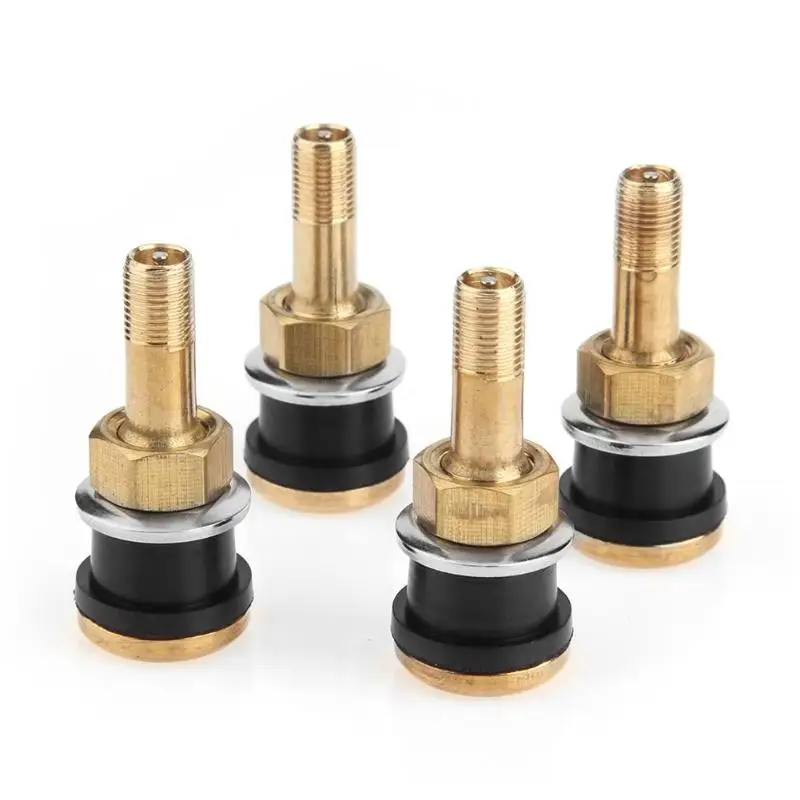 54
54
How to install
As an integral part of the vehicle's engine management system, the so-called exhaust gas recirculation (EGR) valve serves to return a precisely calculated amount of exhaust gases to the engine intake system to improve its efficiency, reduce fuel consumption and reduce nitrogen oxides in exhaust gases. As emission reduction requirements increase, the EGR valve will play an increasingly important role, so you should know what it is for, why it fails, and how to replace it if it breaks.
The air we breathe is almost 80 percent nitrogen. However, when exposed to extremely high temperatures in the combustion chamber, up to 1370 °C, this normally inert gas becomes reactive and forms harmful nitrogen oxides, or NOx, which are then released through the exhaust system into the atmosphere. To keep these emissions to a minimum, the EGR valve delivers a precisely calculated amount of exhaust gases to the intake system, thereby changing the chemical composition of the air entering the engine.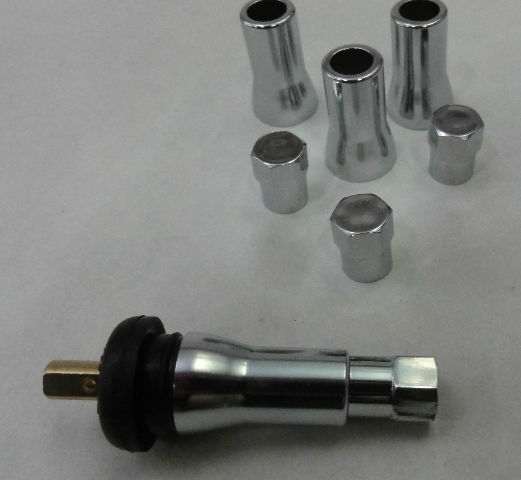 With less oxygen, the diluted mixture burns more slowly, reducing combustion chamber temperatures by up to 150°C and reducing NOx formation, resulting in a cleaner, more efficient exhaust.
With less oxygen, the diluted mixture burns more slowly, reducing combustion chamber temperatures by up to 150°C and reducing NOx formation, resulting in a cleaner, more efficient exhaust.
The EGR valve has two main positions: open and closed, although it can assume any intermediate state. When starting the engine, the EGR valve is closed. During idling and at low speeds, a small amount of power and therefore a small amount of oxygen is enough, so the valve gradually opens. At idle, it can be 90% open. However, when more torque and more power is needed, such as under full acceleration, the EGR valve closes to allow more oxygen to enter the cylinder.
In addition to reducing NOx emissions, EGR valves can be used in small displacement GDi engines to reduce pumping losses as well as improve fuel efficiency and reduce knocking. In diesel engines, it also helps reduce idling knock.
Although there are several types of EGR valves—earlier systems use vacuum valves, while more modern vehicles use electronically controlled valves—the main types can be distinguished as follows:
High pressure diesel EGR valves divert a fast soot-rich exhaust gas stream before it enters the particulate filter - the soot can combine with oil vapor and form sludge.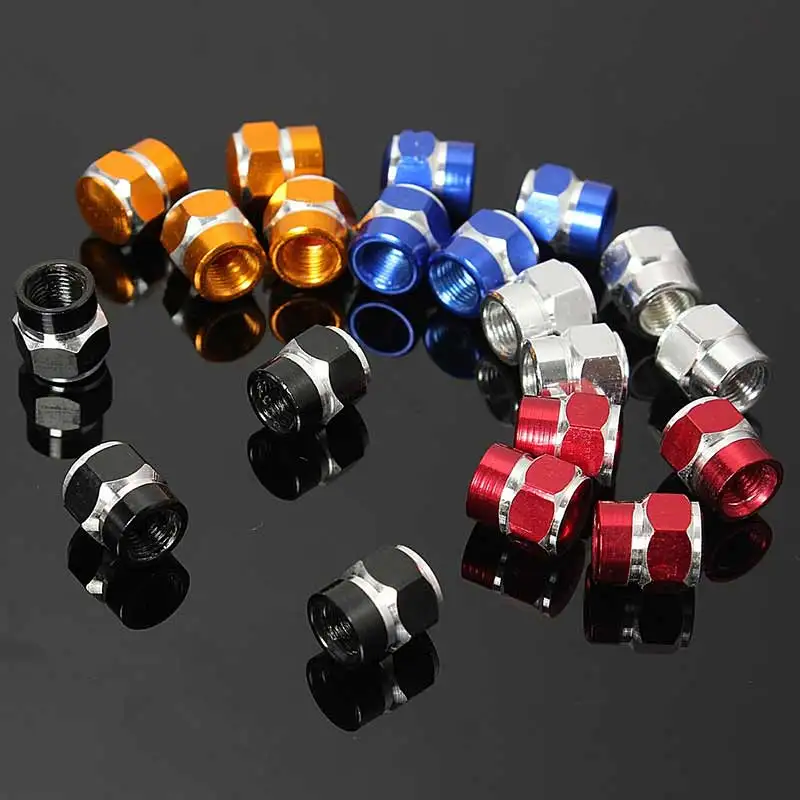 The gas then flows back into the intake manifold, either through a pipe or through internal openings in the cylinder head. The auxiliary valve is also used to create a vacuum in the intake manifold, as it does not naturally occur when a diesel engine is running.
The gas then flows back into the intake manifold, either through a pipe or through internal openings in the cylinder head. The auxiliary valve is also used to create a vacuum in the intake manifold, as it does not naturally occur when a diesel engine is running.
Low pressure diesel EGR valves divert exhaust gas after it has passed through the particulate filter. This gas moves at a slower speed, but it is almost completely free of soot. The gas then flows back into the intake manifold through the pipe.
Gasoline EGR valves divert exhaust gases in the same way as their high pressure diesel counterparts. When a vacuum is created in the cylinder, the exhaust gases are drawn into the combustion chamber, and the volume of their supply is regulated by the opening and closing of the EGR valve itself.
Vacuum operated EGR valves have an electrovacuum valve to vary the amount of vacuum applied to the diaphragm and in turn open and close the EGR valve. Some valves also have feedback sensors to signal their position to the ECU.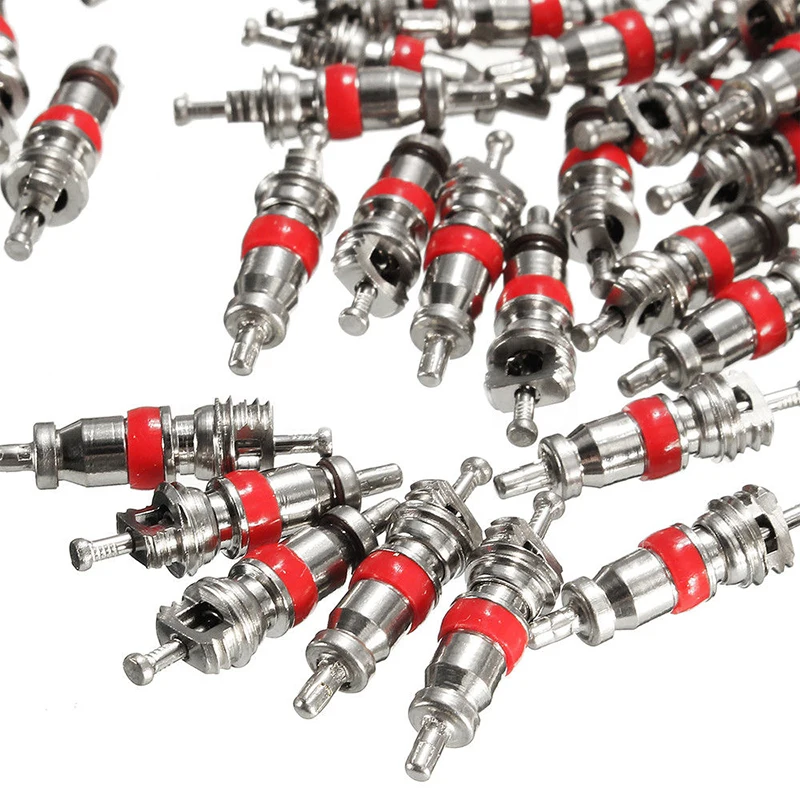
Digital EGR valves are equipped with a solenoid or stepper motor and in most cases a feedback sensor. These valves receive a pulse-width modulated signal from the ECU to control the flow of exhaust gases.
Exhaust gas recirculation valves operate in harsh environments and can wear out over time. However, the single main reason for their failure is carbon deposits along the exhaust gas recirculation channels and the intake system. Over time, this clogs the tubes, exhaust passages, and eventually the valve plunger mechanism, causing it to either get stuck open or closed. Malfunctions can also be caused by a ruptured or leaking valve diaphragm.
EGR valve symptoms are similar to other engine management system problems. For this reason, EGR malfunctions remain a headache for many auto mechanics. However, there are a few signs to look out for:
 As with most engine management system components, a problem with the EGR valve can cause the check engine light to come on.
As with most engine management system components, a problem with the EGR valve can cause the check engine light to come on. Given the variety of EGR valve types, it is always best to follow the troubleshooting procedures detailed in the service manual, however there are a few standard steps that can help pinpoint the problem:
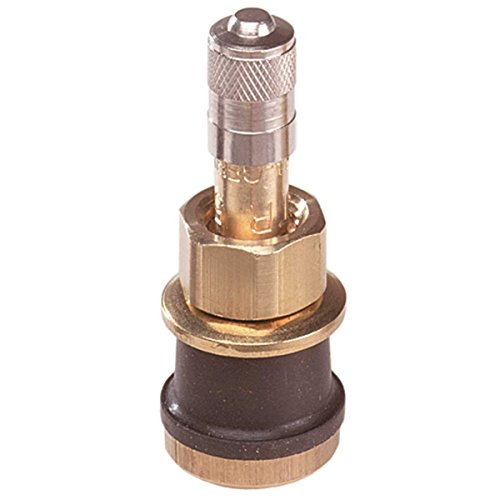
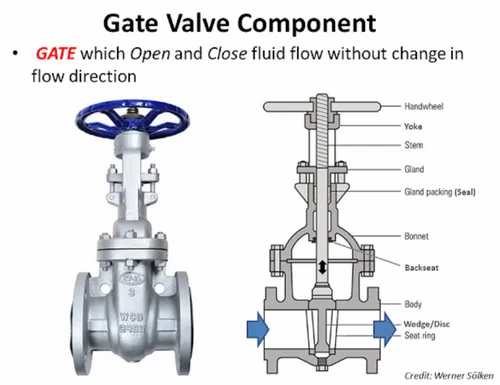
Late model EGR valves are characterized by the following fault codes:
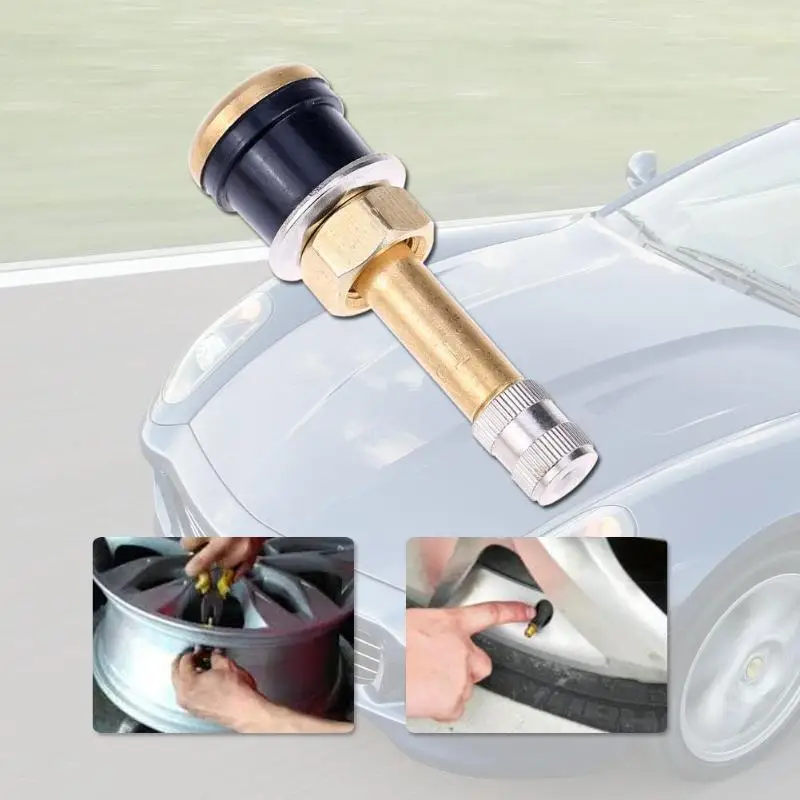

Most often, such "illnesses" as wear of the main bearings and rings, valve burnout interfere with the normal functioning of the power unit.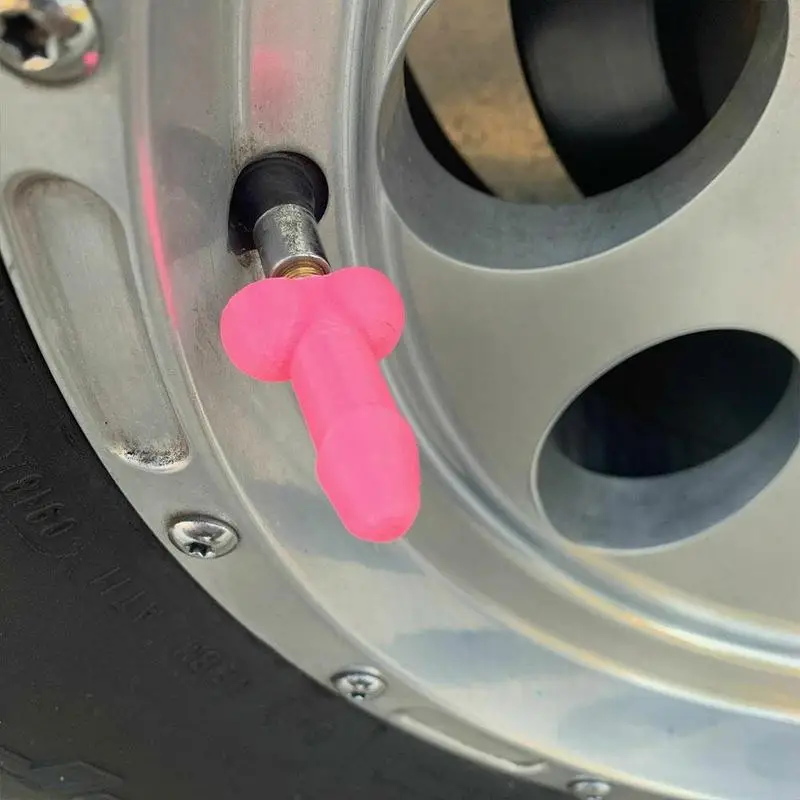
In order to see where, and most importantly, how a car engine is repaired, we arrived at the transport and logistics center "Belmagistralavtotrans", located not far from Minsk. It is here that the largest service center for the repair and maintenance of Volvo trucks is located, whose specialists were trained in Volvo training centers. The company's own fleet includes 150 cars, but, according to experts, it is extremely rare to have to repair your cars. 85% of repairs are customer car repairs.
The very first piece of advice given to us by Vyacheslav Godlin, chief engineer of Belmagistralavtotrans, is to pay attention to the service station class: "Class A" service center can perform warranty service as well. is that today there is a huge number of electronic components, which can be programmed only by directly contacting the factory and requesting factory parameters. Certified service centers have this opportunity" , he explained.
In general, of course, auto repair can be compared with a surgical operation.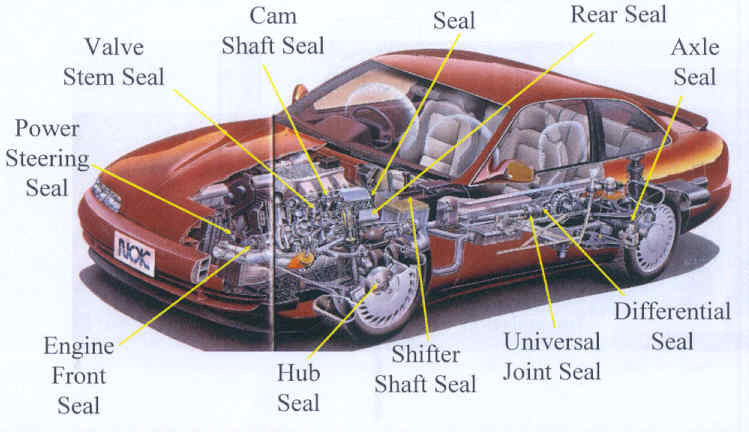 What can I say, let's see.
What can I say, let's see.
Do you feel it? The room is imbued with the spirit of anxious waiting
Drivers usually wait in a room similar to this for the diagnostician's verdict. The client talks about the problems, after which the computer diagnostics actually take place. We propose to go a little further and see what is happening in the "operating room".
"Sick" line up
Today there are not so many "sick" people. One car is undergoing scheduled maintenance, the tires of the second are being deepened, the third is waiting for the gearbox to be repaired. And that's what we have to figure out with the fourth!
Volvo FH 2008 D13C 400 HP Complaints about a metallic knock in the engine. Based on the results of the diagnostics, it is necessary to replace the piston group and individual valves of the cylinder head.
Volvo FH ready for repair
The practical work of service station specialists (there are 5-6 people in a shift) begins with a small room. No, they didn't think so! In this room are the most valuable devices - tools. There are 2 blocks here: one with tools and the other with numbering. If a specialist took a tool, then he must put a tag with a number in its place so that colleagues are aware of who has what tool.
No, they didn't think so! In this room are the most valuable devices - tools. There are 2 blocks here: one with tools and the other with numbering. If a specialist took a tool, then he must put a tag with a number in its place so that colleagues are aware of who has what tool.
Ask yourself: do you have such a set of tools for self-repair?
After finding the right tool, we headed to the truck. "The process of replacing a valve is quite painstaking work, - says Vyacheslav Tkachev, a service center mechanic, finalist of the Volvo international professional skills competition, - To replace or repair the valve drive mechanism, it is necessary to remove the block head assembly. This work is best entrusted to a qualified mechanic, because there is a risk of damage to the head itself."
The main thing is to correctly diagnose the cause of the breakdown
Gradually unscrewing each nut, we removed the cylinder head. Yes, I'll tell you, it's really not easy! After simple manipulations, which, by the way, Vyacheslav Tkachev did quite quickly and confidently, we got to the possible cause of the breakdown: valves (there are 24 of them in our model).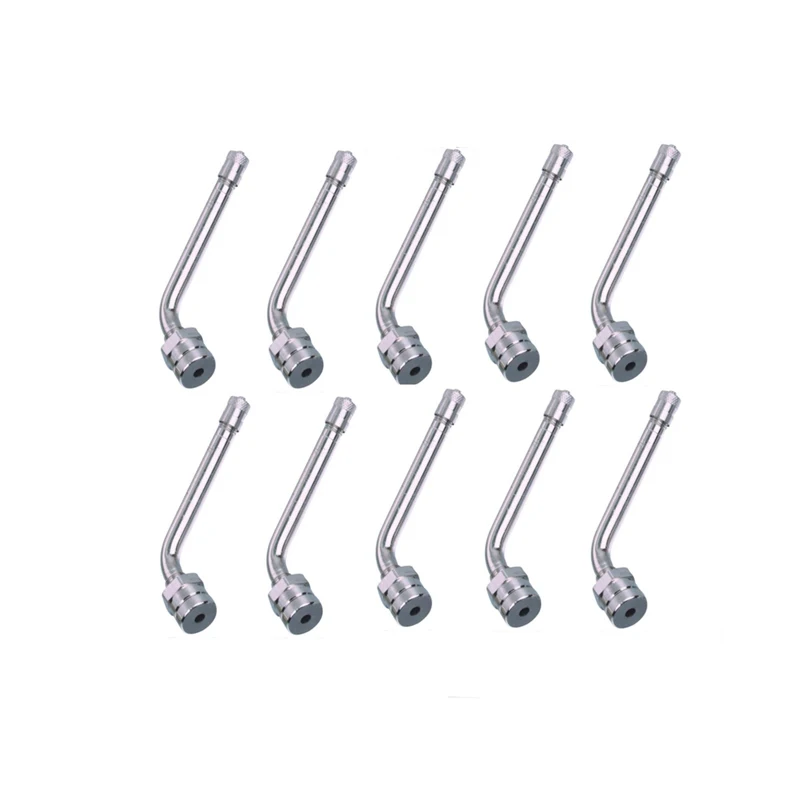 Each valve is now inspected for corrosion, burnt spots, cracks, and signs of wear. Checked the mechanic and the valve stems. "In our case, a burned-out valve was found that needs to be replaced. The rest are, so to speak, in a satisfactory condition, so we will not change them," the specialist diagnosed . - It is important to grind the valves with special paste after each intervention. This is necessary so that the valves fit snugly against the seats, without gaps ".
Each valve is now inspected for corrosion, burnt spots, cracks, and signs of wear. Checked the mechanic and the valve stems. "In our case, a burned-out valve was found that needs to be replaced. The rest are, so to speak, in a satisfactory condition, so we will not change them," the specialist diagnosed . - It is important to grind the valves with special paste after each intervention. This is necessary so that the valves fit snugly against the seats, without gaps ".
"Reverse" of the cylinder head
specialist: " No need to rub the valves as hard as you can. The main indicator here is the color of the surface of the saddle. It should be slightly lighter than the color of the asphalt. If the mechanic overdoes it, an undesirable saddle dimple can form.”
Line up, pistons, line up! The most important is the human factor. Most likely, the mileage of the car is quite large and there may well be problems with the power unit by this "age", - explains Vyacheslav. - They can only be prevented by timely maintenance. The second alleged reason could be the use of low-quality fuel. Also, the reasons could be a large wear of the valve guide (the valve wobbles in the guide) or damage to the valve stem.
- They can only be prevented by timely maintenance. The second alleged reason could be the use of low-quality fuel. Also, the reasons could be a large wear of the valve guide (the valve wobbles in the guide) or damage to the valve stem.
repair, it remains only to assemble the engine in its original state and that's it!You can safely go on a long journey.0003
The four-stroke engine works on the principle of start - compression - stroke - exhaust. The fuel is ignited by compression and the pressure generated. If the valve is burnt out, simply put, a hole is formed in it, which will release the fuel-air mass. In addition to unpleasant knocks, such a breakdown is fraught with high fuel consumption, since the power unit will not be able to generate its rated power. But the worst thing is that the valve seat will burn out. And if the saddle burns out badly, then you will have to change the head itself. The company's specialists also met the option when a chipped piece of the valve fell into the cylinder.